We’re still trying to find out whether identity documents like Aadhaar—whether adopted out of necessity or out of some anticipated benefit—make people’s lives better, or whether they’re seen as a bureaucratic necessity. That said, don’t think adopting or obtaining a card or identity instantly makes your life better; there are challenges in the process of getting one, and challenges in the process of using, storing, and interacting with one.
We know that identity—and identity artifacts—leads to changes in social relations, but what kinds of changes? Is it change for the good, or does it exploit users’ circumstances? Here are the five most notable things we’ve learned from this month’s research, in an effort to answer these questions:
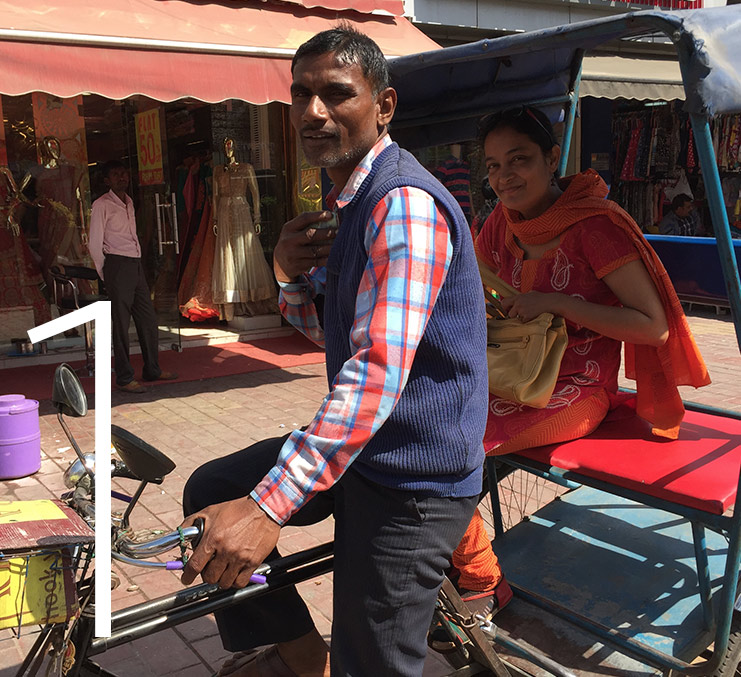
The biggest challenge for many people is knowing what to do, where and when
We’ve heard the story of Ishmat in this and the last episode, and we’ve heard other stories where people just give up, for example, not getting a mistake fixed on a ration card. Then they’re not availing themselves of rations because it’s too much hassle, and it’s too intimidating for them to go through the bureaucratic process of fixing the mistake. In the case of Aadhaar, there are active efforts from the government to make that process easier by the Aadhaar centers (or kendras). But in other cases, it doesn’t seem that simple.
The fact that everything is moving online does have implications for lower socioeconomic demographics, because they’re the ones who might not necessarily have access to those sites or sources of information. Not knowing where to go, to whom to go, and all the blind alleys and dead ends that people end up in means they often abandon the process of fixing an ID error. We should make sure they don’t get left behind when it comes to information and knowledge of those processes.
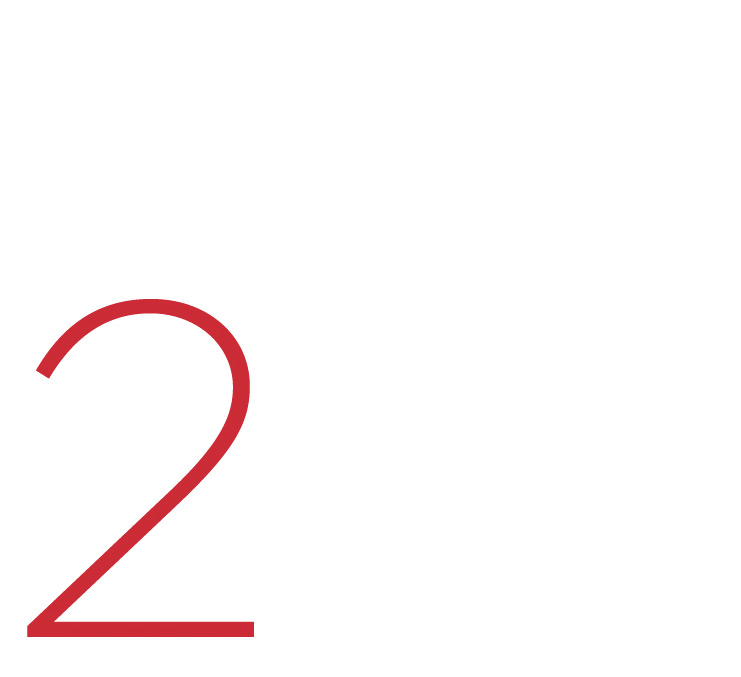
People rely on others for help with forms, but the quality of that help is inconsistent
We’ve found that, whether for a bank or a particular type of ID or Aadhaar card, the application forms are long, in English, or are generally quite intimidating without offering assistance for the illiterate and semi-literate. What’s impressive, however, is how people navigate those problems by asking others for help—it may mean filling in a form, for example, or asking for help in understanding a particular section.
What can be more problematic is that sometimes the person who’s helping isn’t necessarily any better informed. So, what legitimacy does the helper have? How much are they actually giving correct information?
We’re asking questions around that, but the improvisation (or jugaad, in Hindi) with which people navigate these complicated systems is impressive.
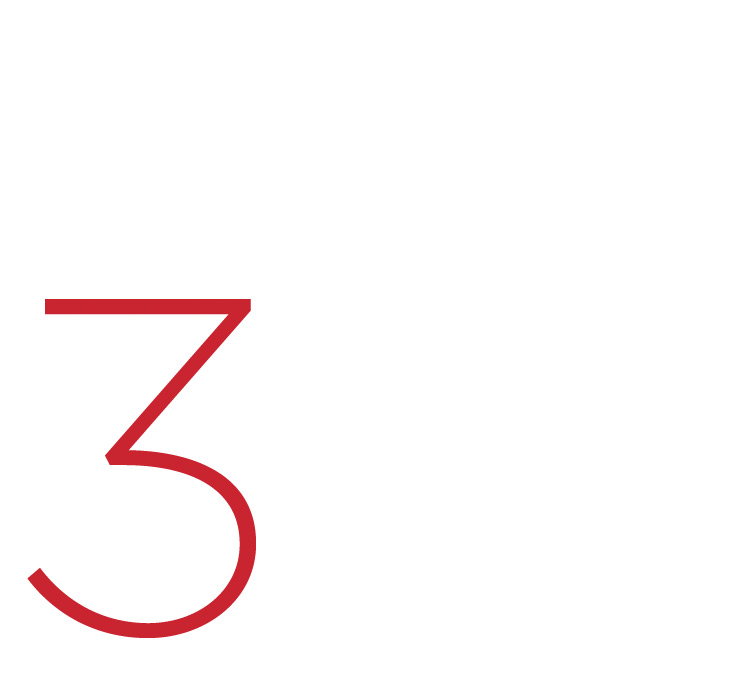
Different groups have different relationships to their ID
We’ve looked at two out of our three states so far—the next state is Assam—but we’ve already found some big differences between regions. First, we’ve found many more migrant transactions in Delhi than in Bengaluru. That could, of course, just be sample bias; migrants are the ones we talked to, but it does seem like there are other factors have impact on these demographics.
There are a lot of questions around residency in Delhi, for example, have you got a rent agreement? What are the ID artifacts that are needed for that? If you have your Aadhaar card made in your home state, then it can’t be used for proof of address in Delhi, so what implications does that have and how do people deal with the challenge of showing proof of residence? That’s one difference; we find a lot more issues concerning migrants from other Indian states versus legal migrants from neighboring countries.
The other issue is around gender. In Delhi, the women we spoke to are less likely to use ID artifacts for transactions, in the sense that they’re less likely to be the ones in government offices or at points of transaction such as getting a gas collection, or getting a SIM card. Generally, if you’re a wife, a sister, or a daughter, a male partner or relative seems to do that for you. Whereas in Bengaluru and Garudahalli, our female interviewees were frequently engaging in transactions using their ID artifacts.
Rural processes seem more complex and more layered than in urban areas. If you need a land registration certificate for, say, a house loan, the processes involved are very layered. We’re not sure why yet, but the people we’re talking to in an urban context may have better, more codified processes in place compared to other respondents.
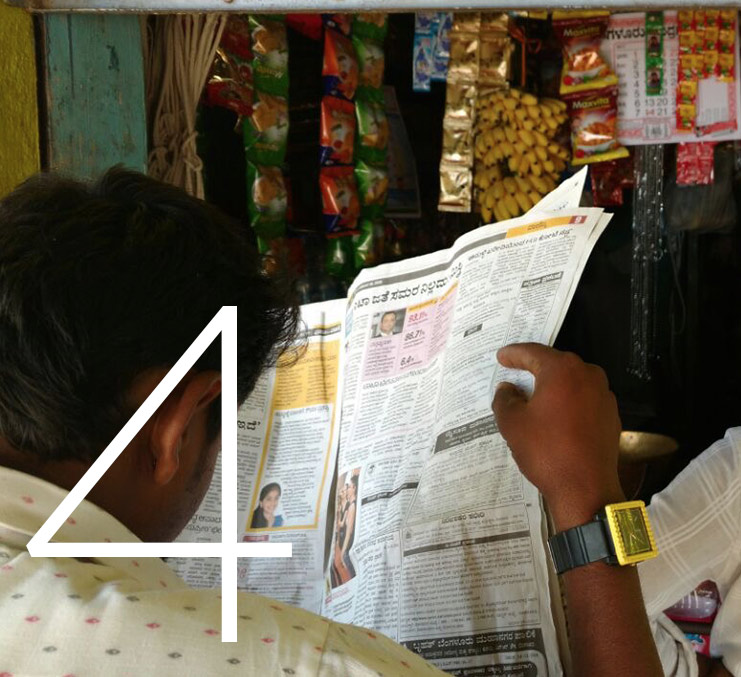
Privacy is a big issue—too big to grasp yet
We’d definitely disagree with any kind of comment that says “the poor don’t care about privacy” or “privacy doesn’t exist in India.” It does exist, but in different shapes and forms.
There are concerns about identity cards and privacy, and we’re trying to unpack them all. If you’re worried about your privacy being compromised and your ID card being used, is it because you’re worried about theft, or are you worried about surveillance? When someone asks for your ID, how legitimate is that request perceived if the person asking is a total stranger? What if they’re a government official, or an intermediary helping with a form?
Where does the trust come from? These worries are diverse and need unpicking, as they’re definitely changing after the introduction of artifacts like Aadhaar. We’ll be actively looking at privacy in depth for the remaining interviews.
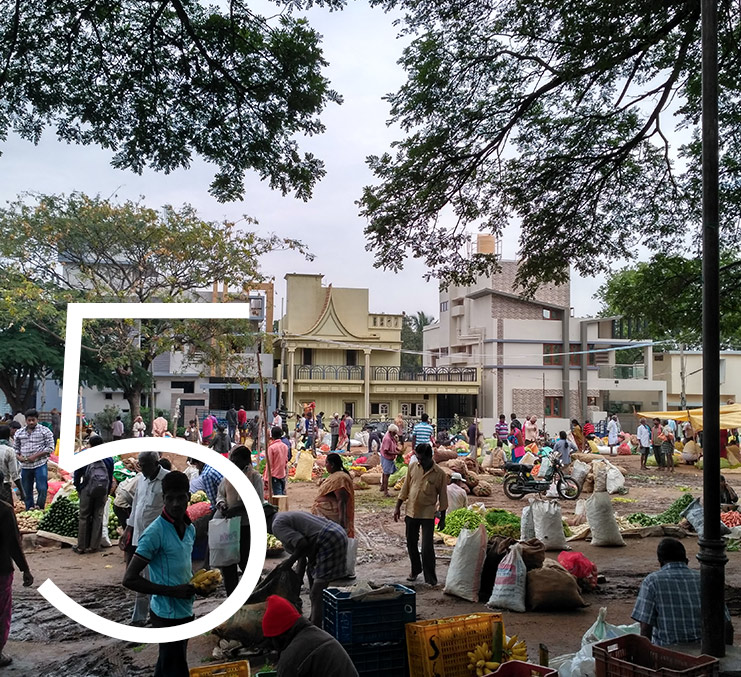
It’s wrong to draw generalizations yet just from these conversations.
Above all, we hesitate to draw conclusions from these insights just yet—these are just examples we’ve seen. There are major regional differences, and differences of class, caste, and gender. Those are the areas we’re focusing our questions on, as well as on those who are extremely vulnerable (like pensioners), those who are visibly or mentally disabled, LGBT groups, and anybody who can definitely benefit from owning or having an ID card, but who may also face particular challenges with regard to their own identity and how it interacts with the card.
The majority of the interviewees so far are of a lower socioeconomic status. We’ve talked to respondents such as pavement sellers—those who are selling shoes or belts or perishable goods like snacks—and security guards, but we’ve also looked at slightly higher socioeconomic demographics—those with low-end smartphones, for example—and we’ve also got a handful of those who are probably more middle class respondents. We want to see if these issues are particularly because of socioeconomic demographics or whether they’re uniform across class.
But we don’t want to draw binaries for any of the people we’ve spoken to, and miss nuance in the process.
